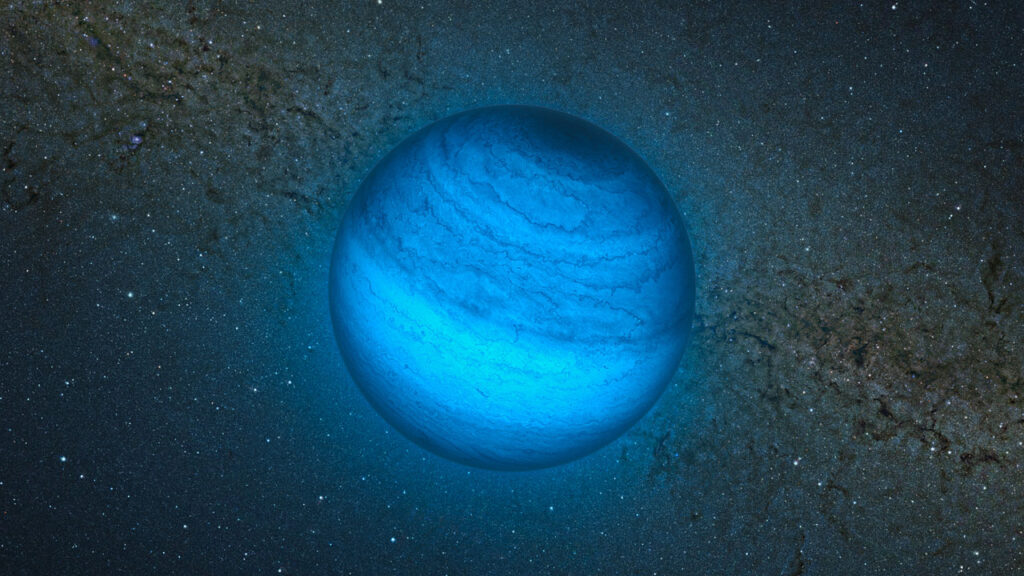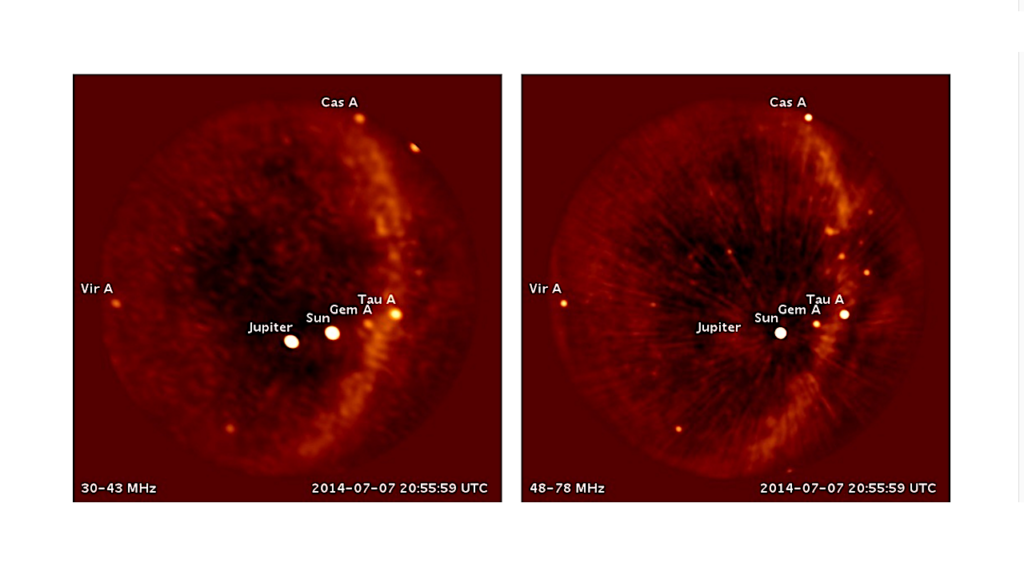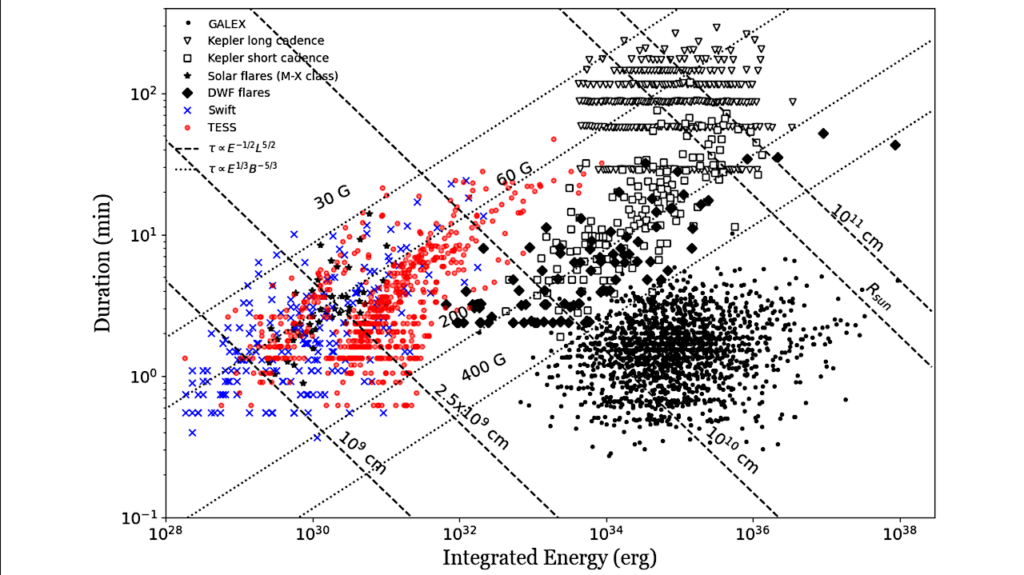A Star-sized Impact-Produced Dust Clump in the Terrestrial Zone of the HD 166191 System

We report on five years of 3-5 micron photometry measurements obtained by warm Spitzer to track the dust debris emission in the terrestrial zone of HD 166191 in combination with simultaneous optical data.
We show that the debris production in this young (~10 Myr) system increased significantly in early 2018 and reached a record high level (almost double by mid 2019) by the end of the Spitzer mission (early 2020), suggesting intense collisional activity in its terrestrial zone likely due to either initial assembling of terrestrial planets through giant impacts or dynamical shake-up from unseen planet-mass objects or recent planet migration.
This intense activity is further highlighted by detecting a star-size dust clump, passing in front of the star, in the midst of its infrared brightening. We constrain the minimum size and mass of the clump using multiwavelength transit profiles and conclude that the dust clump is most likely created by a large impact involving objects of several hundred km in size with an apparent period of 142 days (i.e., 0.62 au assuming a circular orbit).
The system’s evolutionary state (right after the dispersal of its gas-rich disk) makes it extremely valuable to learn about the process of terrestrial planet formation and planetary architecture through future observations.
Kate Y. L. Su, Grant M. Kennedy, Everett Schlawin, Alan P. Jackson, George H. Rieke
Comments: 17 pages, 5 figures, accepted by ApJ
Subjects: Earth and Planetary Astrophysics (astro-ph.EP)
Cite as: arXiv:2203.02366 [astro-ph.EP] (or arXiv:2203.02366v1 [astro-ph.EP] for this version)
Submission history
From: Kate Y. L. Su
[v1] Fri, 4 Mar 2022 15:00:54 UTC (1,007 KB)
https://arxiv.org/abs/2203.02366
Astrobiology,








